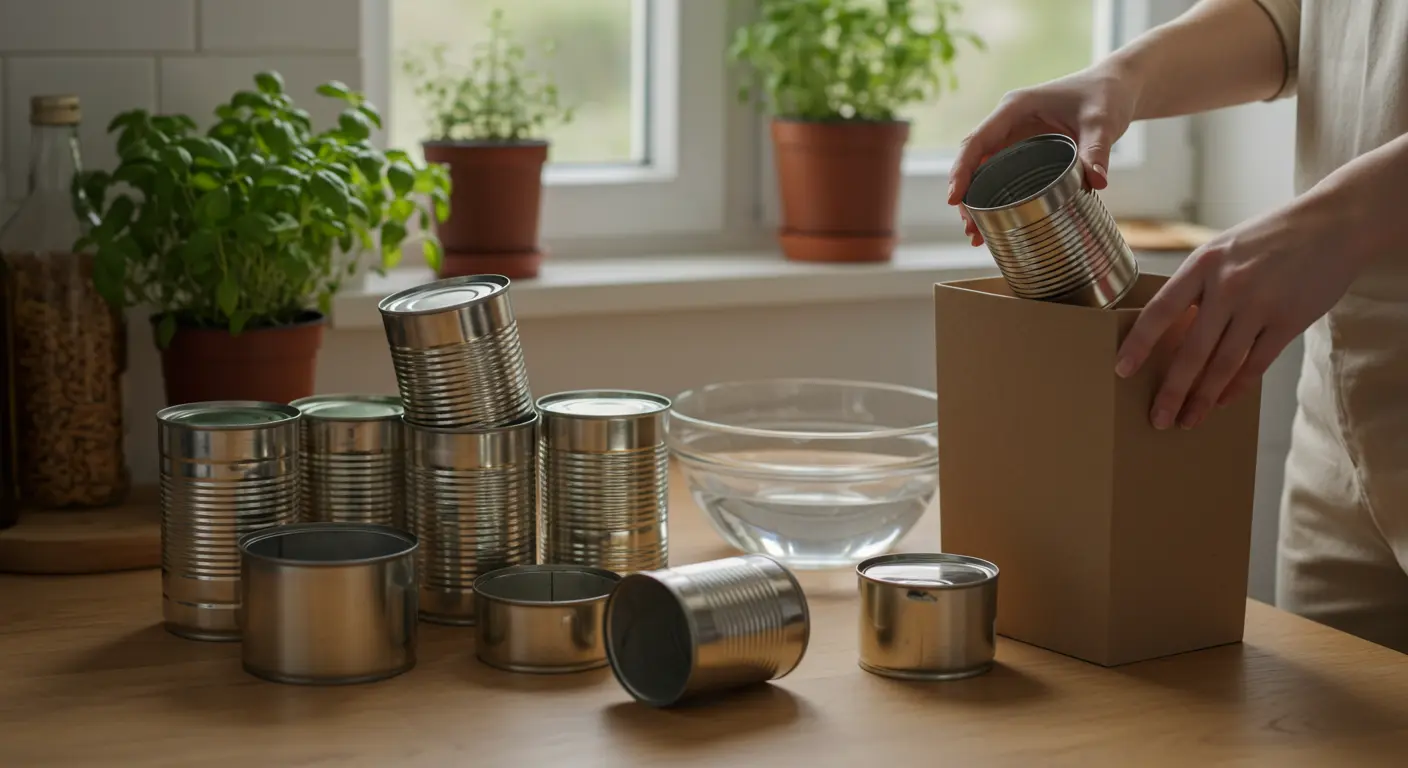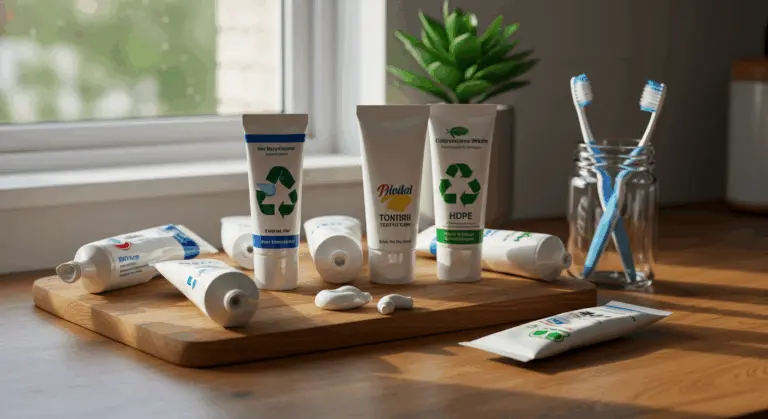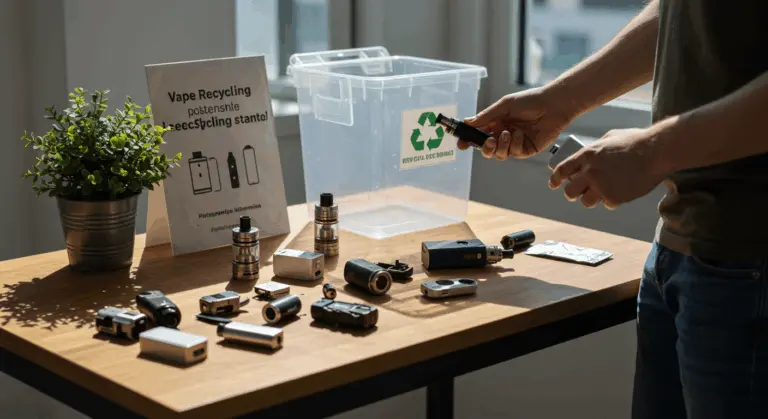Understanding Tin Cans and Their Recallability
Despite their misleading name, today’s “tin cans” are actually crafted from tinplate—steel wrapped in a whisper-thin tin coating that shields against corrosion. This composition makes them excellent candidates for recycling.
The steel backbone delivers durability. The tin shield provides protection. Together, they create a material that can be recycled indefinitely without quality loss—true circular economy in action.
The Recycling Process for Tin Cans
Once collected, tin cans journey to sorting facilities where industrial magnets pluck them from the recycling stream with ease. This magnetic attraction makes steel can process efficient.
The compressed bales then face intense heat—shredded and melted in roaring furnaces at approximately 2,700°F (1,482°C). During this fiery transformation, the tin coating separates from its steel partner, allowing both metals to emerge reborn as fresh sheets or gleaming ingots.
The versatility of metal recycling programs allows them to process a variety of containers, including:
-
Standard food tins
-
Aluminum beverage cans
-
Empty aerosol containers
-
Aluminum foil trays
-
Specialty items like tomato paste tubes (with plastic caps removed)
Preparation Steps for Recycling Tin Cans
Proper preparation is essential for effective recycling. Start by emptying every last drop and morsel from your can. Follow with a quick rinse—nothing fancy, just enough to banish residue that might attract pests or compromise the quality of recycled materials.
Lids deserve special attention. Tuck partially attached lids inside the empty can. For completely detached lids, simply drop them in and gently pinch the can’s opening to secure them—a small step that prevents these metal pieces from becoming sorting facility hazards.
Environmental Benefits of Recycling Tin Cans
Recycling tin cans offers significant environmental benefits, beginning with dramatic energy savings. The process uses 60-70% less energy than forging new metal from virgin ore—bypassing the grueling work of mining and extraction entirely.
Consider the landfill crisis. Metal cans stubbornly refuse to decompose, sitting unchanged for decades. By diverting them into recycling streams, we extend landfill lifespans while preventing toxic leachate from contaminating soil and groundwater.
The climate benefits are equally compelling. Recycling slashes greenhouse gas emissions compared to primary metal production. For perspective: recycling just one ton of steel—the backbone of tin cans—prevents roughly 1.5 tons of carbon dioxide from entering our atmosphere.
Additionally, recycling acts as a guardian of wild spaces. By reducing mining demand, we protect forests from chainsaws and ecosystems from destruction. This approach shows how consumption and conservation can work together.
Common Myths About Tin Can Recycle
Despite widespread recycling programs, persistent myths continue to confuse people and hinder recycling efforts. Take the persistent belief that labels must be stripped from cans before recycling—a complete misconception.
Another widespread myth champions can crush as recycling gospel. While flattening cans became popular for saving bin space, it’s actually counterproductive in many cases.
A particularly limiting myth restricts recycling awareness to aluminum beverage cans, completely ignoring food tins, aerosol containers, and countless other metal packages. This narrow focus wastes recycling opportunities even though processing facilities can handle these materials.
Cleanliness concerns also breed confusion. Yes, rinsing removes problematic food residue, but cans don’t need spa treatment—a simple rinse suffices perfectly.
Finding Local Recycling Facilities for Tin Cans
Most communities offer several options for tin can recycle, making participation accessible.
You can find local recycling options through:
-
Curbside Programs: Many neighborhoods offer collection directly from your home.
-
Community Drop-Off Centers: These facilities often accept a wide range of materials.
-
Online Databases: Websites like Earth911 and Recycle Nation provide searchable locators by zip code.
-
Retail Collection Points: Some grocery stores or shopping centers accept metal packaging.
Before heading out, verify facility details through their website or a quick phone call—confirming hours, acceptance policies, and preparation requirements. Following their specific guidelines ensures your cans complete their recycling journey successfully.




